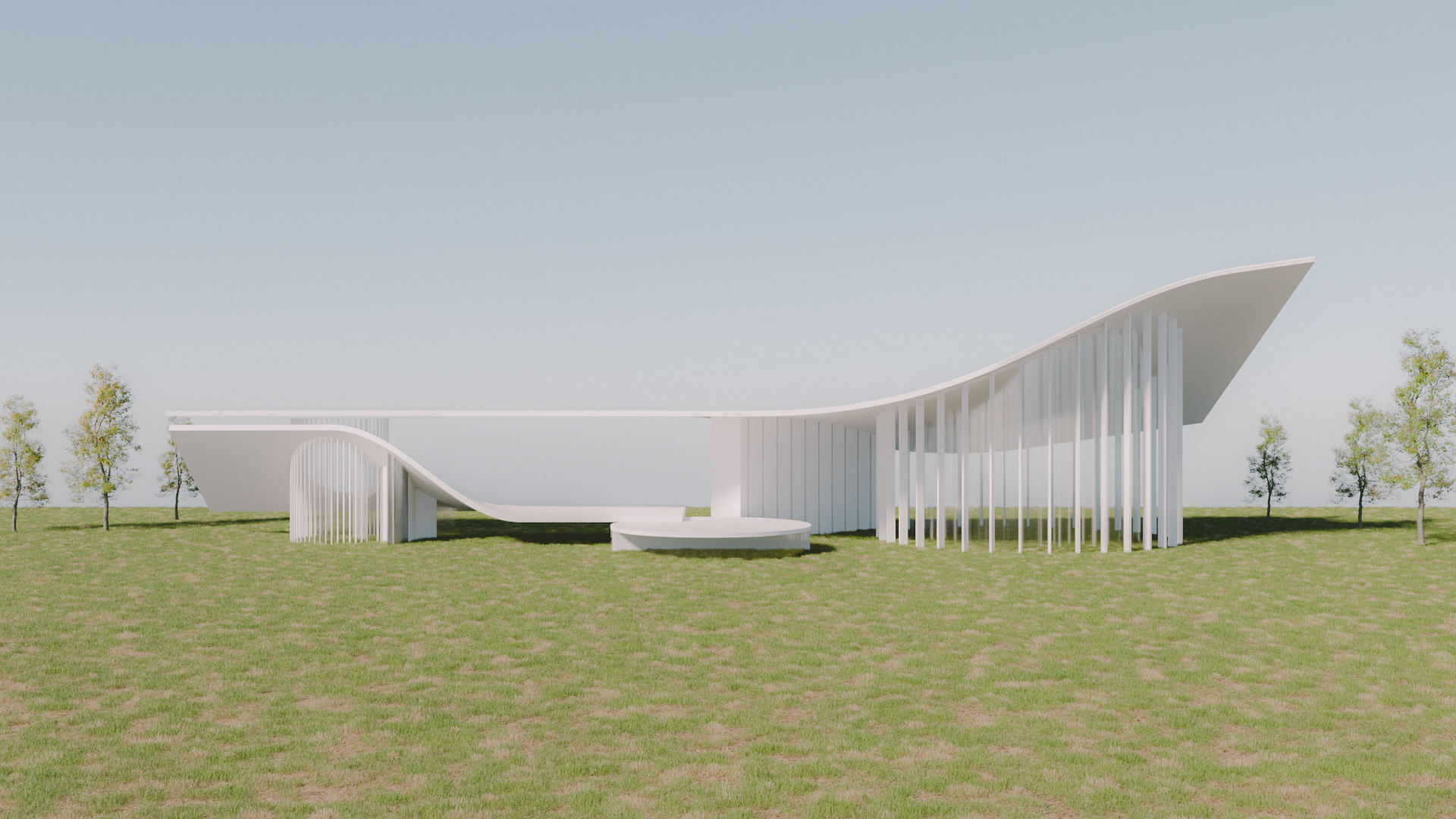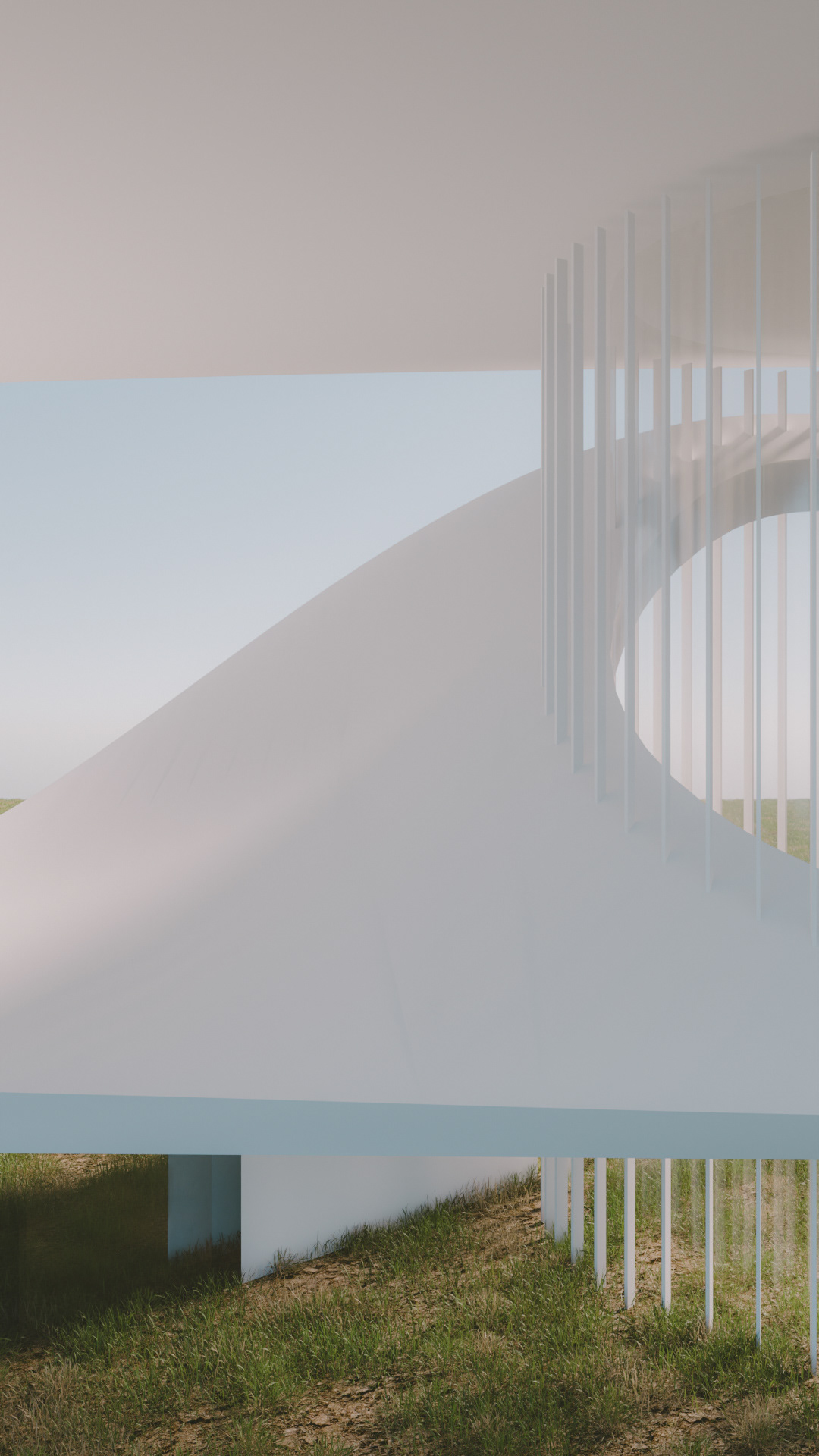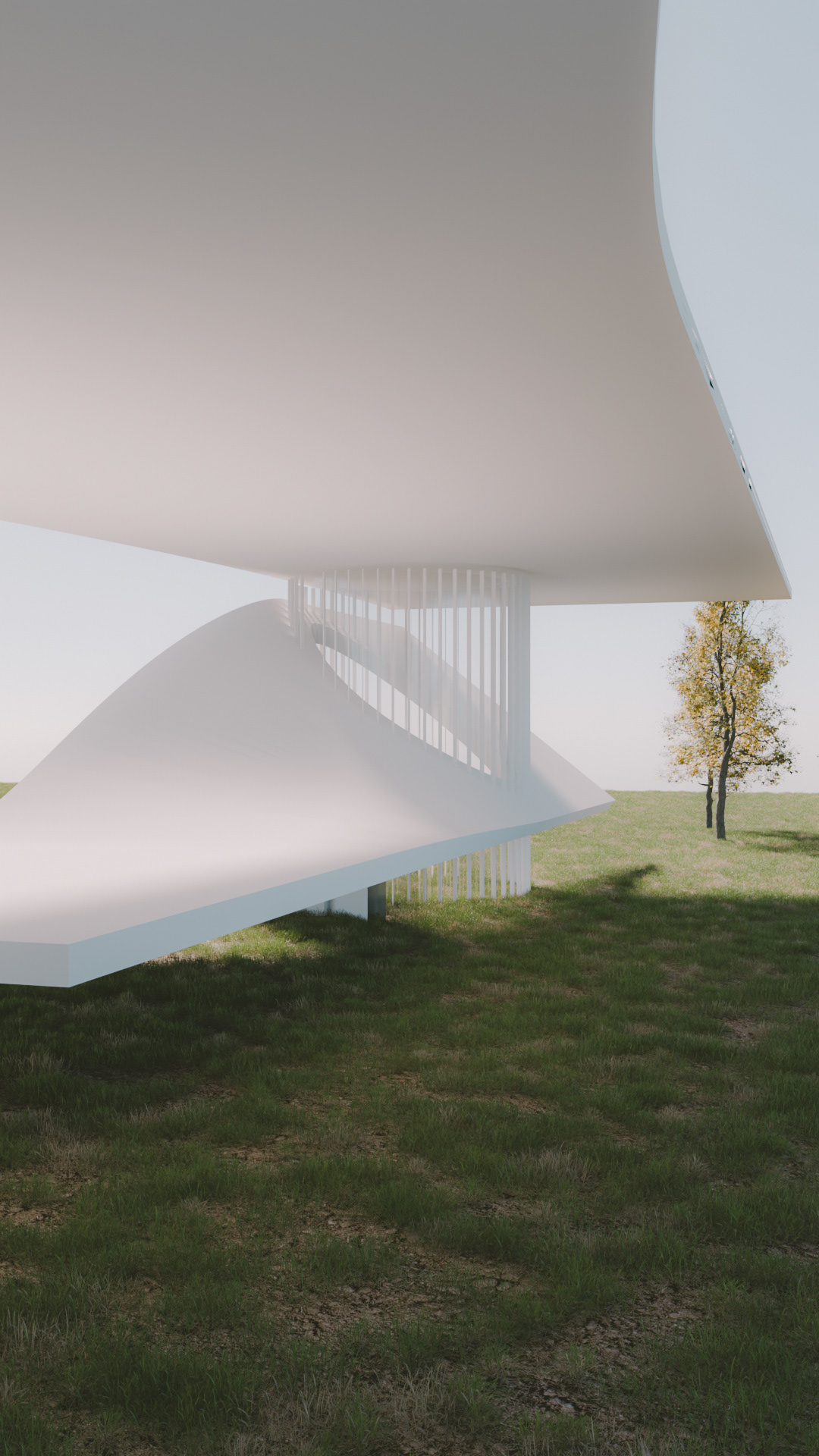Spring 2025
University of Florida
Instructor : Donna Cohen / Ruth Iglehart
University of Florida
Instructor : Donna Cohen / Ruth Iglehart
Analysis of the Familiar examines the material and production lifecycle of a glass cup through an architectural lens. This study dissects both the small scale composition of glass, its molecular structure, material properties, and fabrication techniques, and the large scale networks of material sourcing, industrial manufacturing, and global distribution. Through analytical diagrams, the project reveals the interconnected systems that shape not only everyday objects but also broader architectural material economies, emphasizing the relationships between materiality, production, and design.
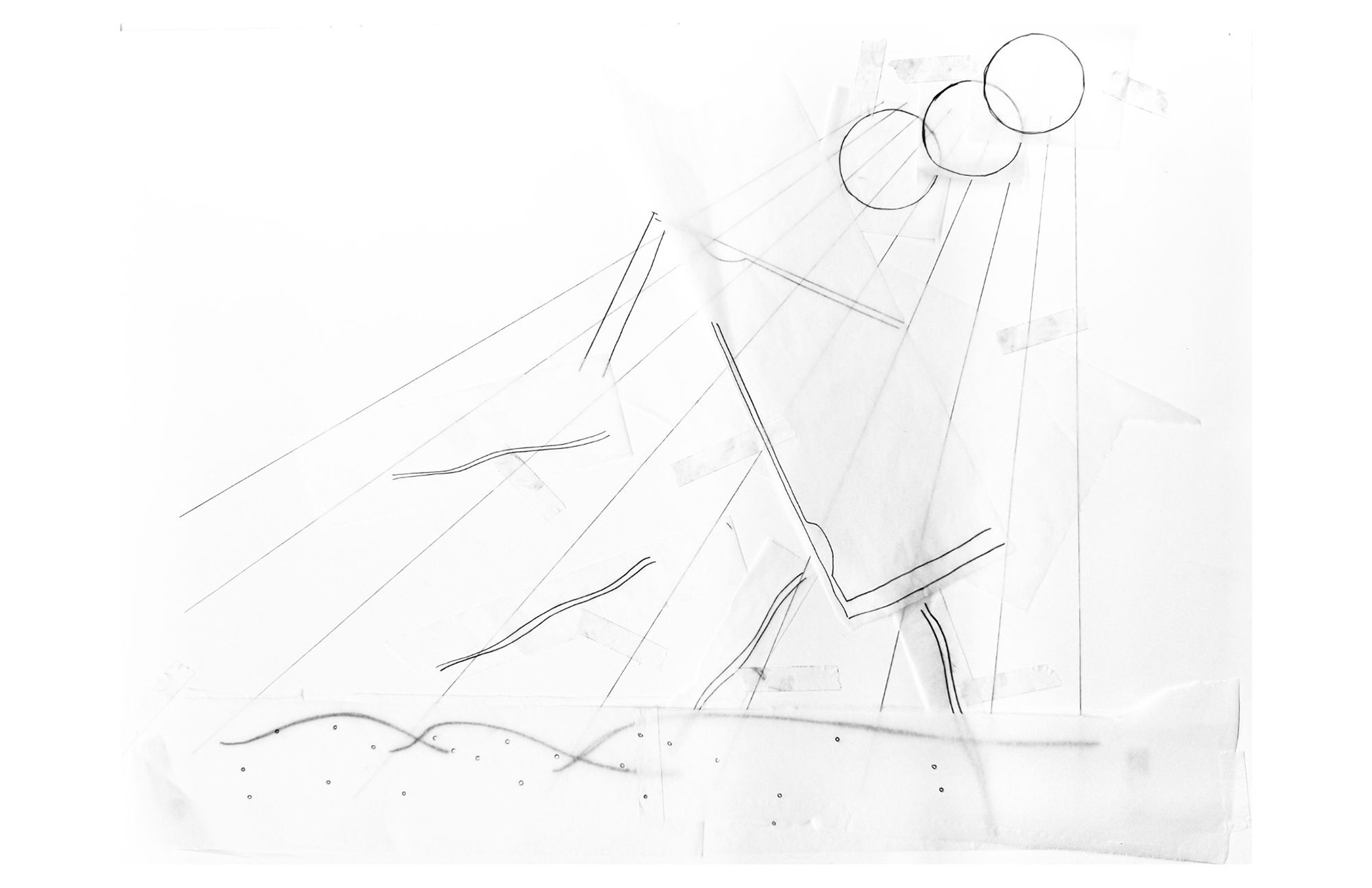
Small scale
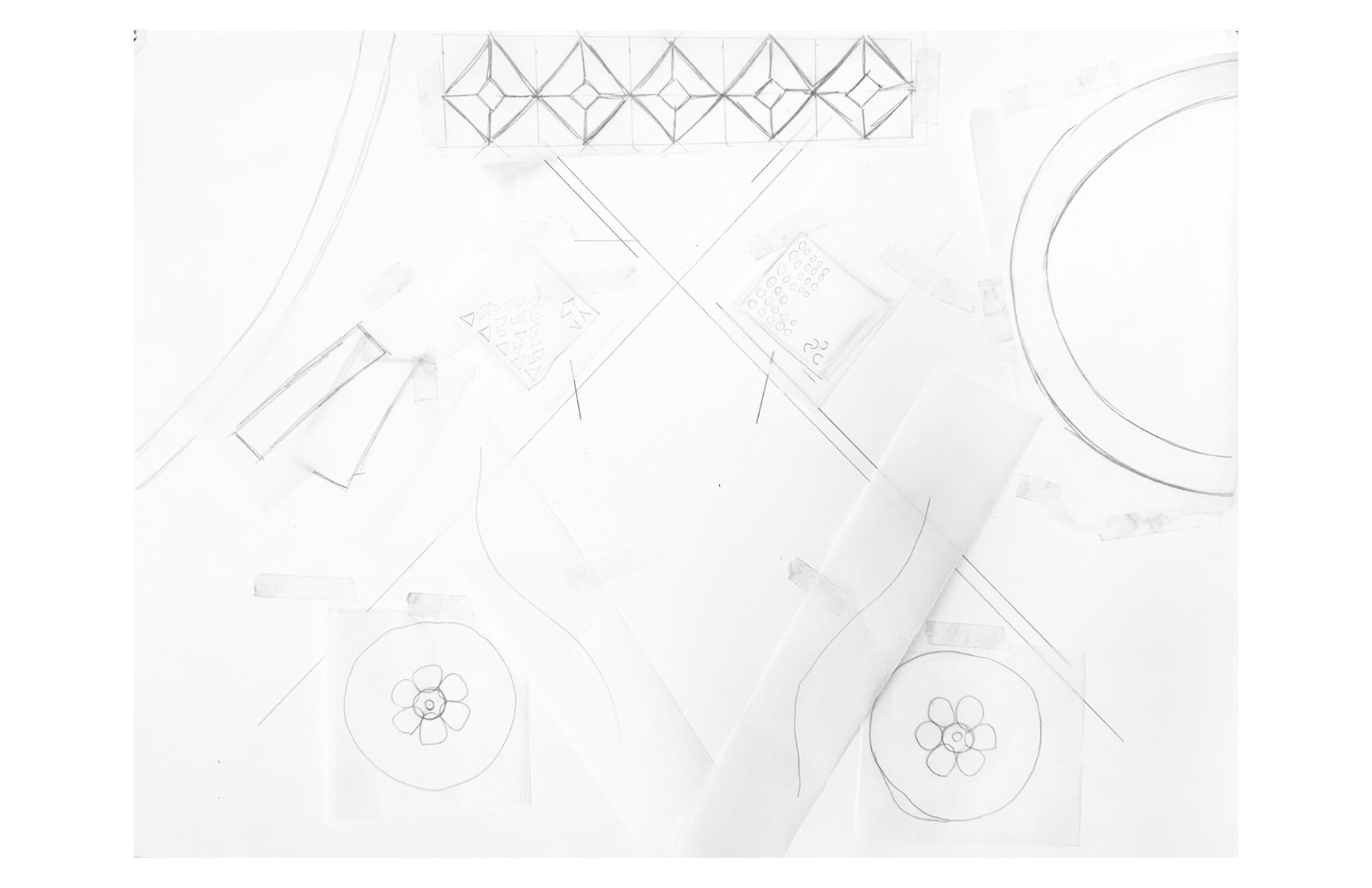
Large scale
PRELIMINARY ANALYSIS :
This phase of Analysis of the Familiar explores the production and distribution of a glass cup through two early-stage diagrams. The left diagram examines the small scale, depicting the transformation of raw silica as it is melted, poured into molds, and shaped into its final form. The right diagram shifts to the large scale, mapping the industrial framework of mass production. It highlights transportation networks, factory operations, and shipment methods that facilitate the cup’s journey from manufacturing to consumer. Together, these diagrams begin to reveal the intricate relationships between material processes and global supply chains.
A CLOSER LOOK :
This section refines the initial diagrams by integrating a structured system and a deeper analysis of the rendered glass cup. The final small-scale diagram examines the molecular transformation of silica as it melts into glass, with curved lines representing temperature shifts throughout the process.
The large-scale diagram takes a critical economic approach, with a strong emphasis on the consumer surplus chart. Two major intersecting forms directly represent this economic model, illustrating the relationship between production, pricing, and consumer impact. A circular dial serves as a timeline, marking historical periods of high tariffs and their effect on imported goods—an issue that parallels current global trade conditions. Additionally, a node on the left side functions as an abstract price graph, visually reinforcing the rising costs driven by economic shifts. By incorporating these elements, the diagram not only maps the physical journey of the glass cup but also situates it within broader economic forces that shape accessibility and affordability.
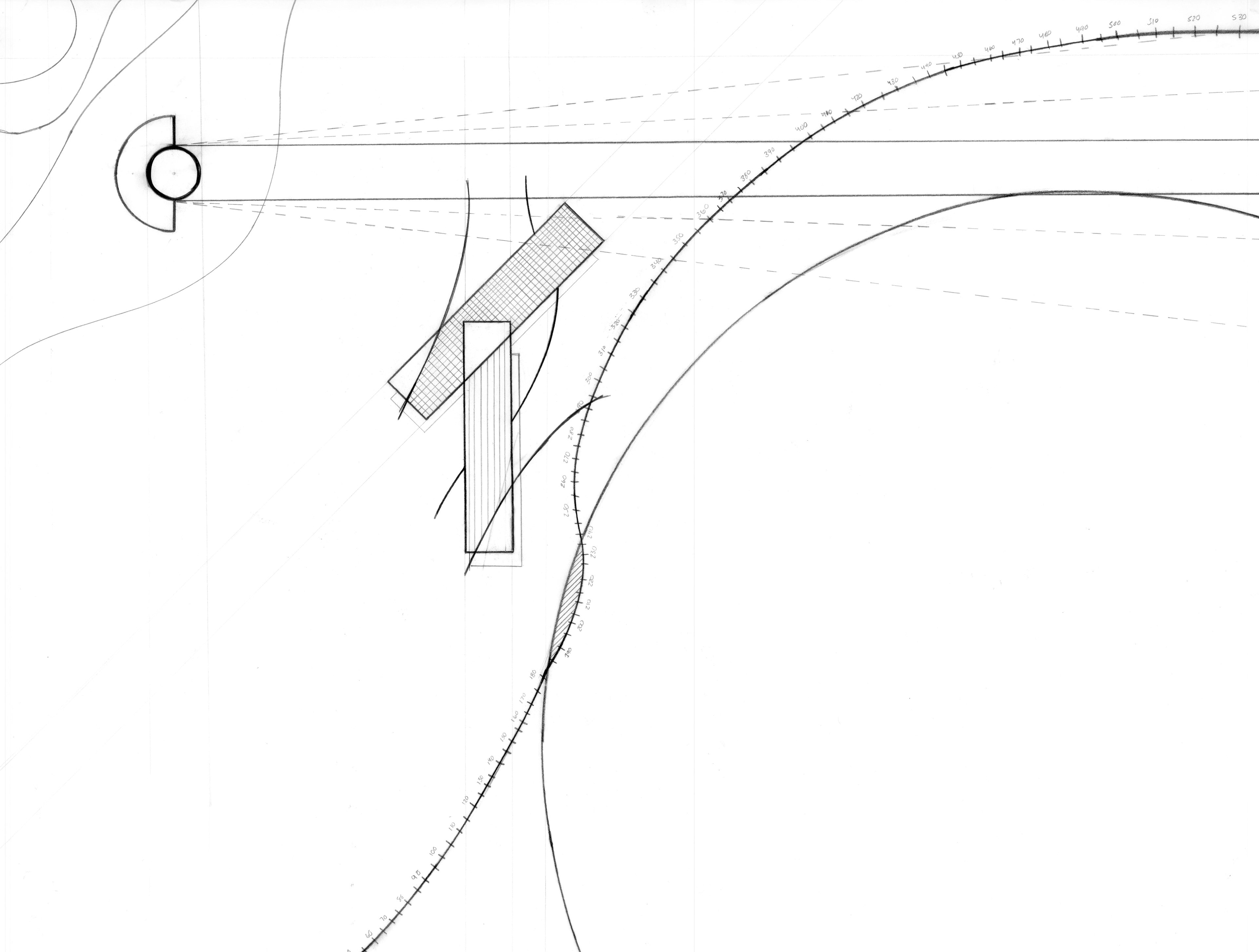
Small scale
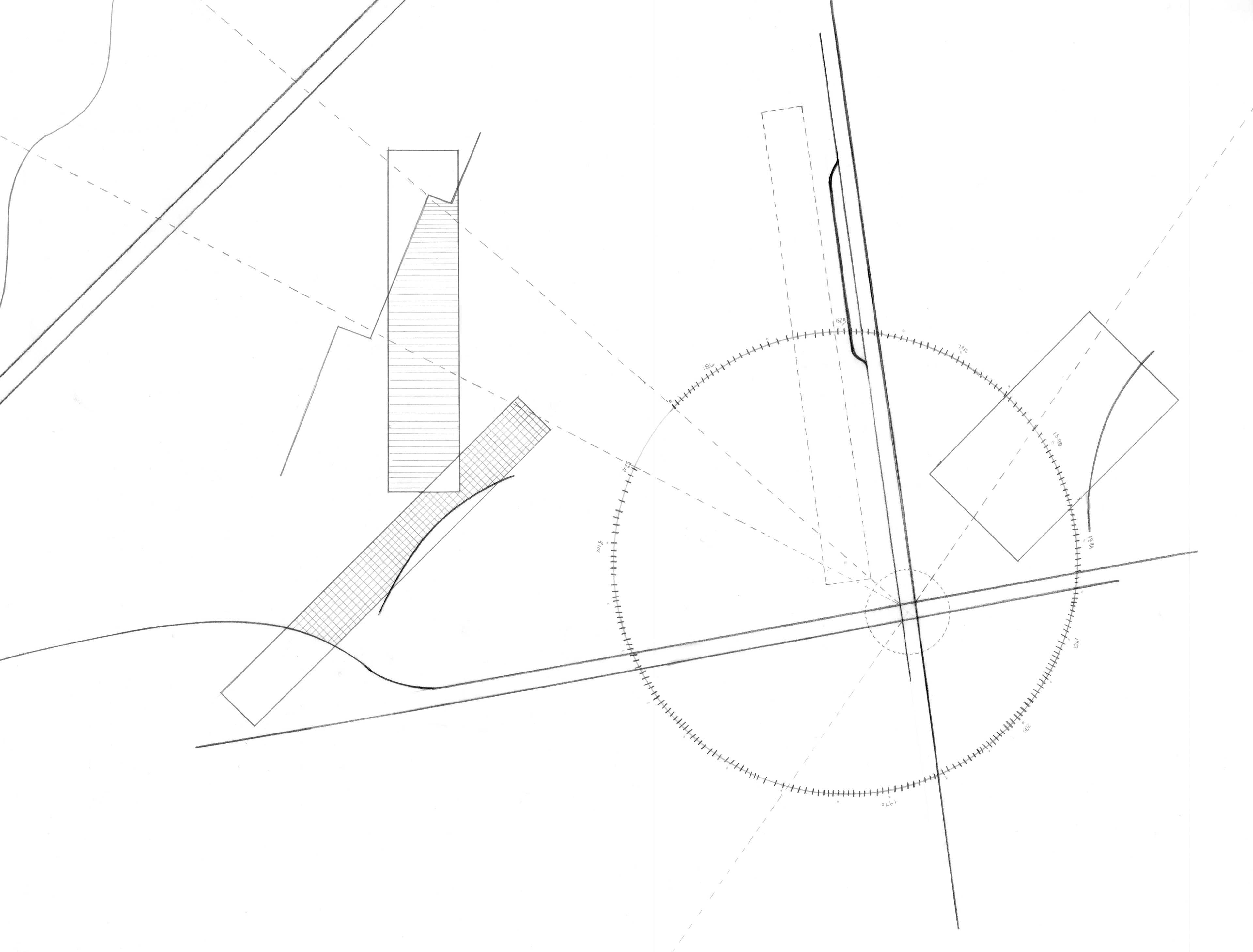
Large scale
INTERPRETATION :
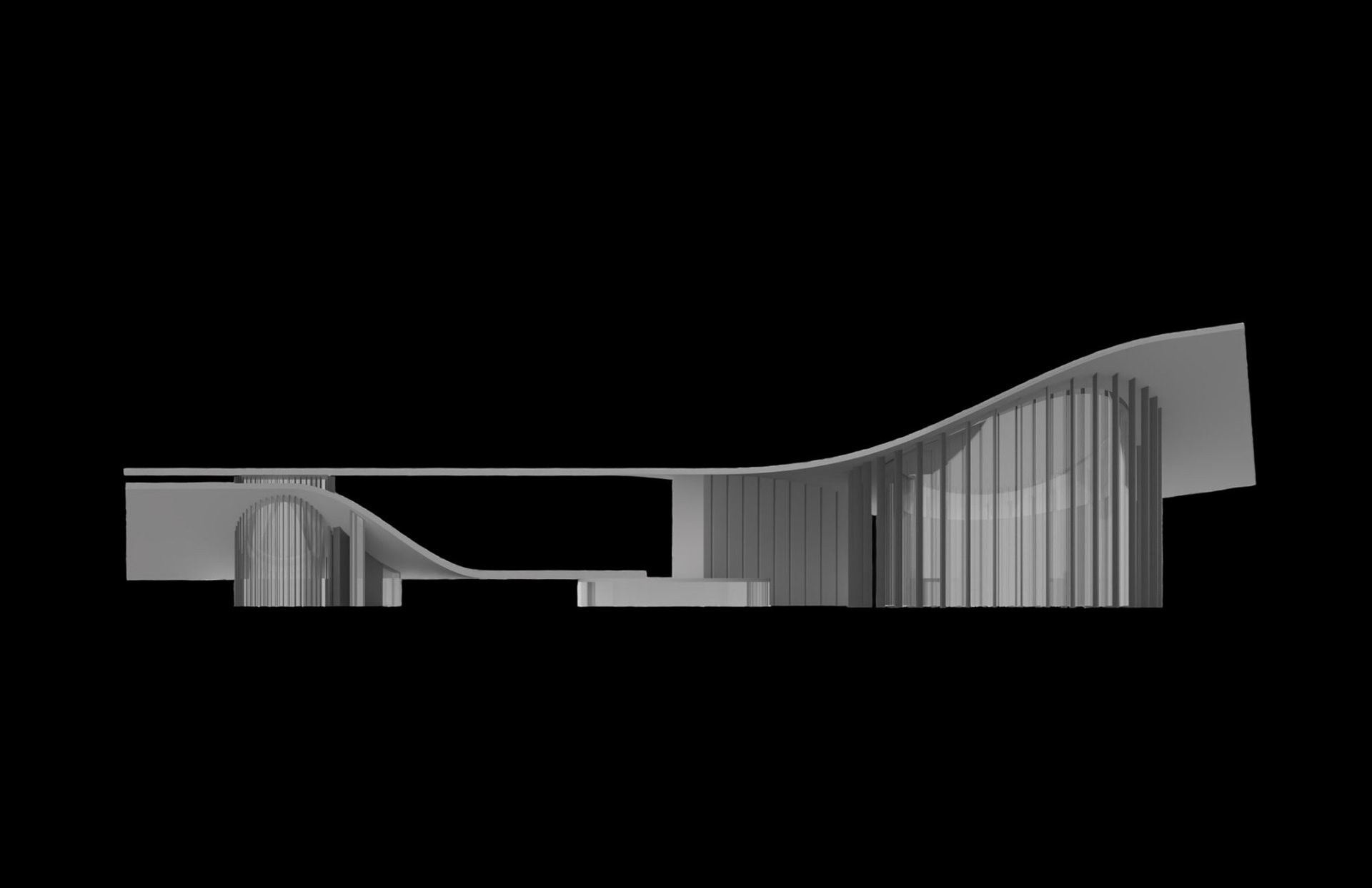
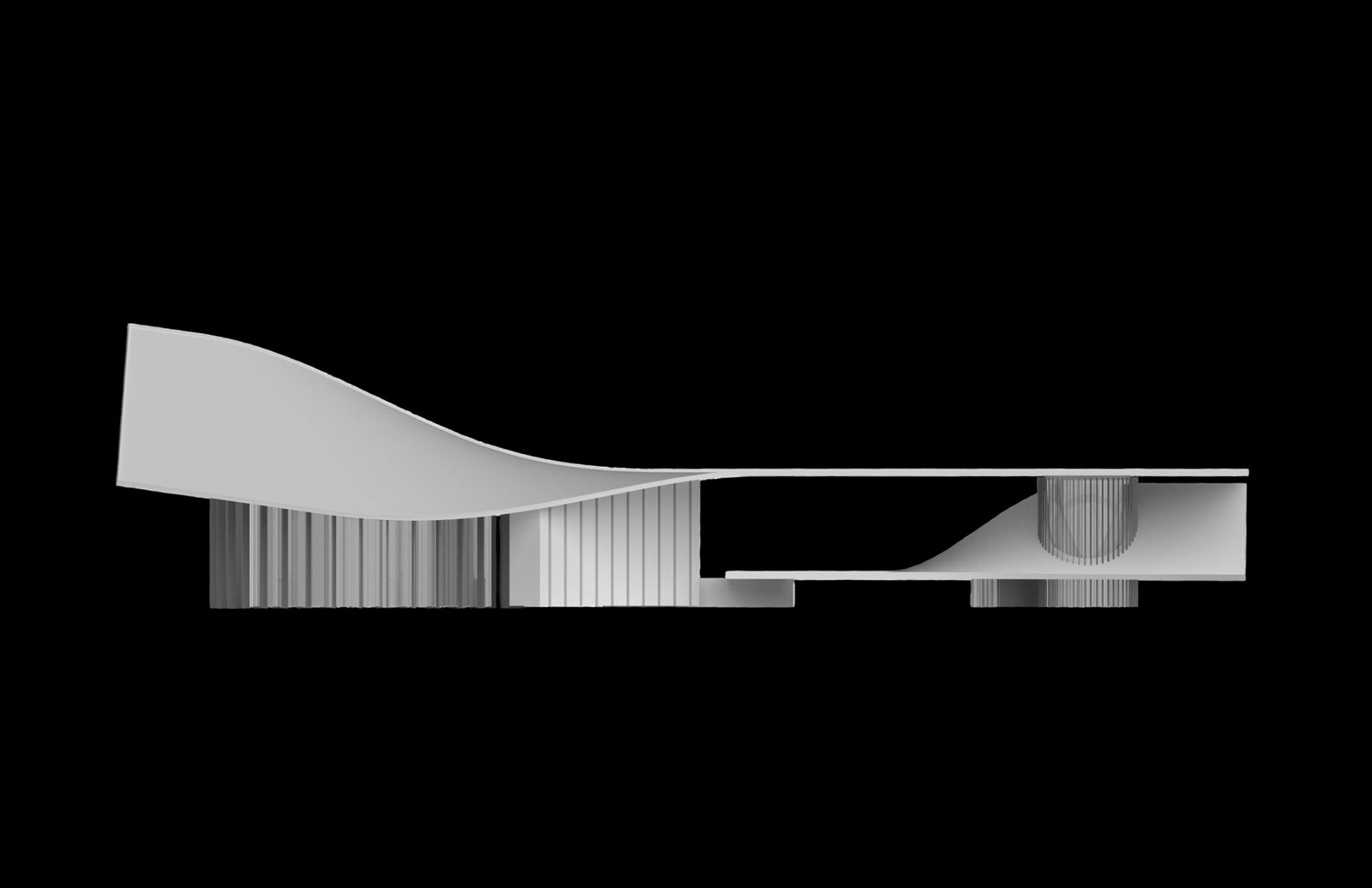
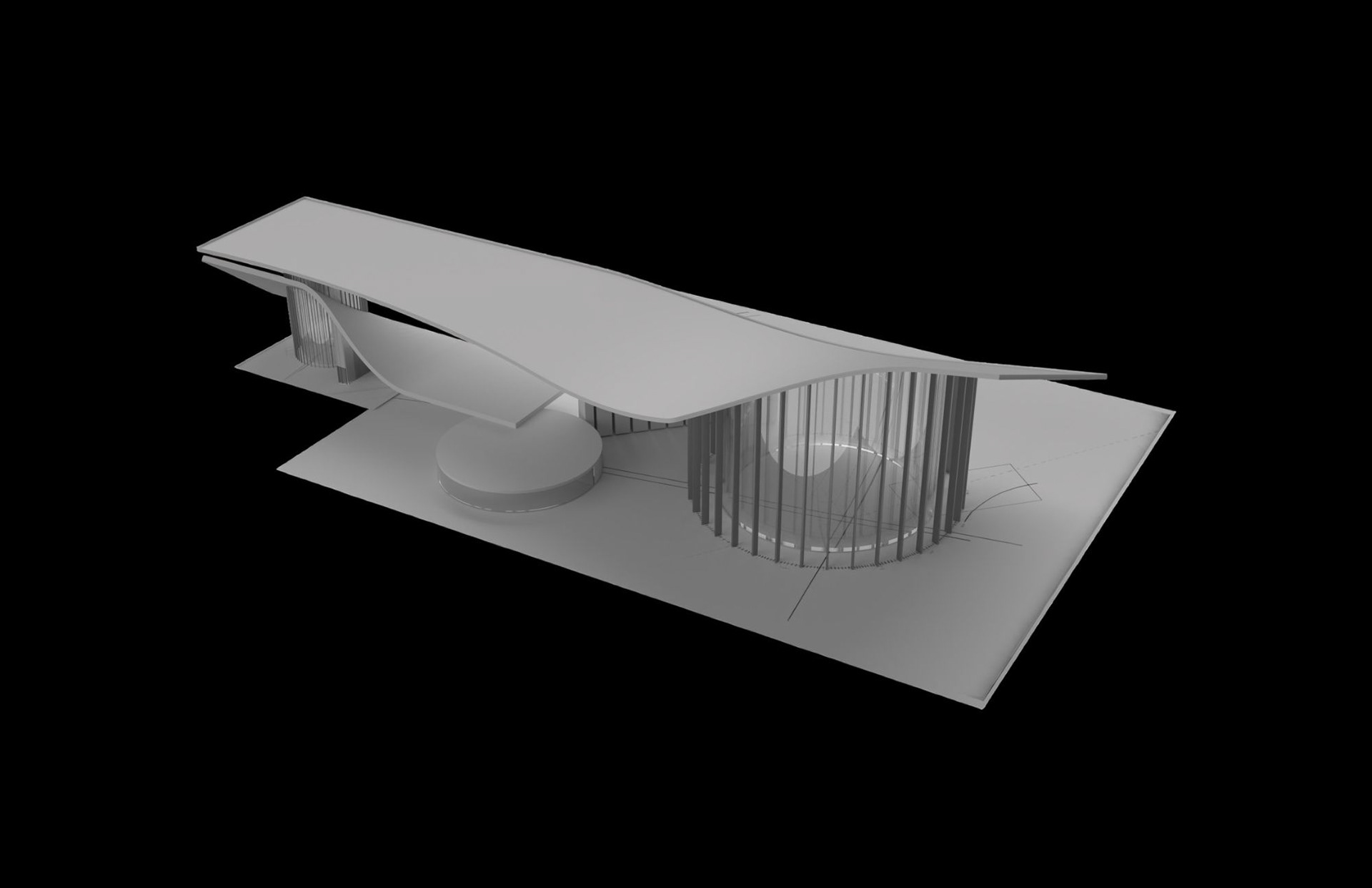
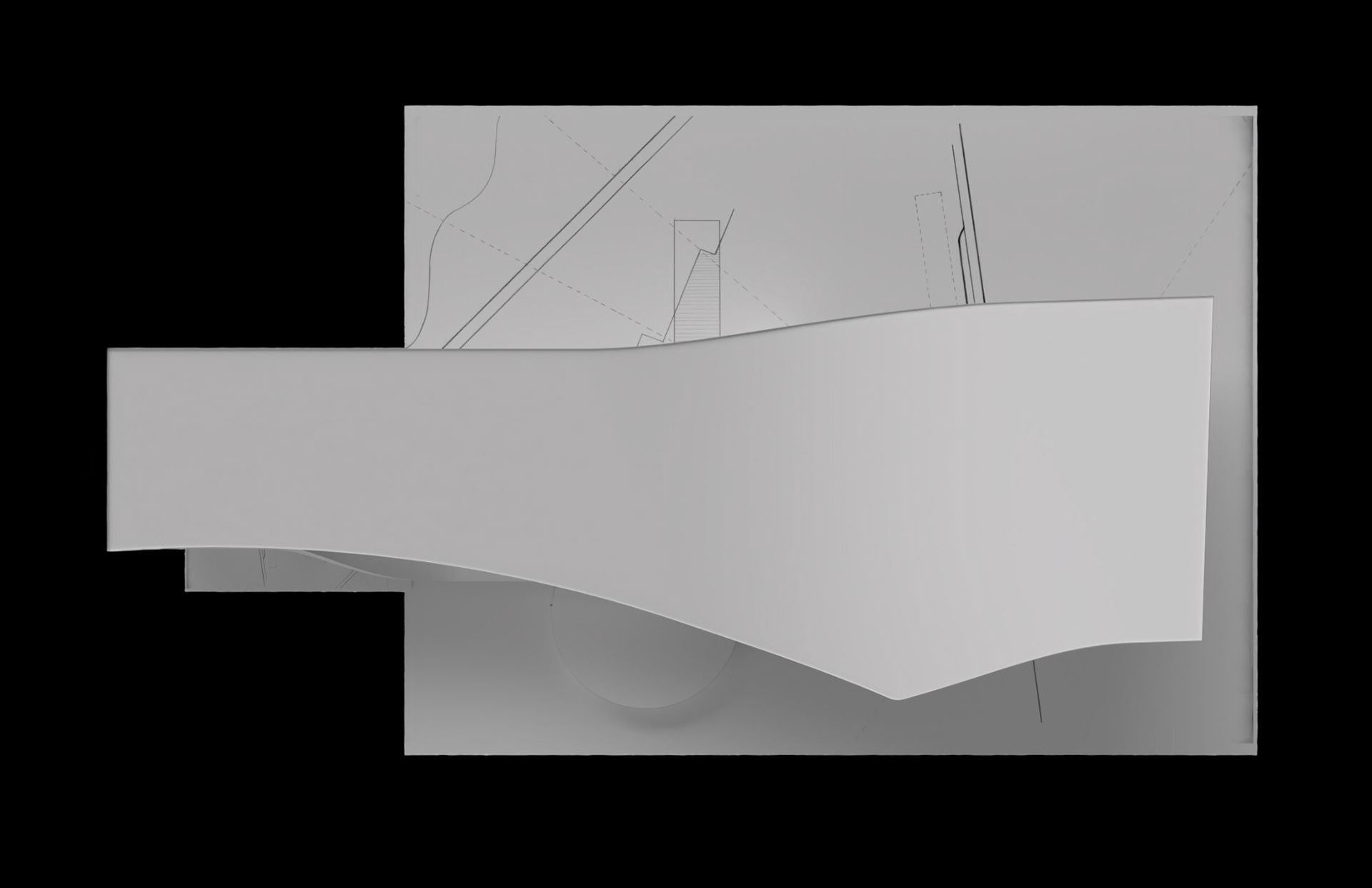
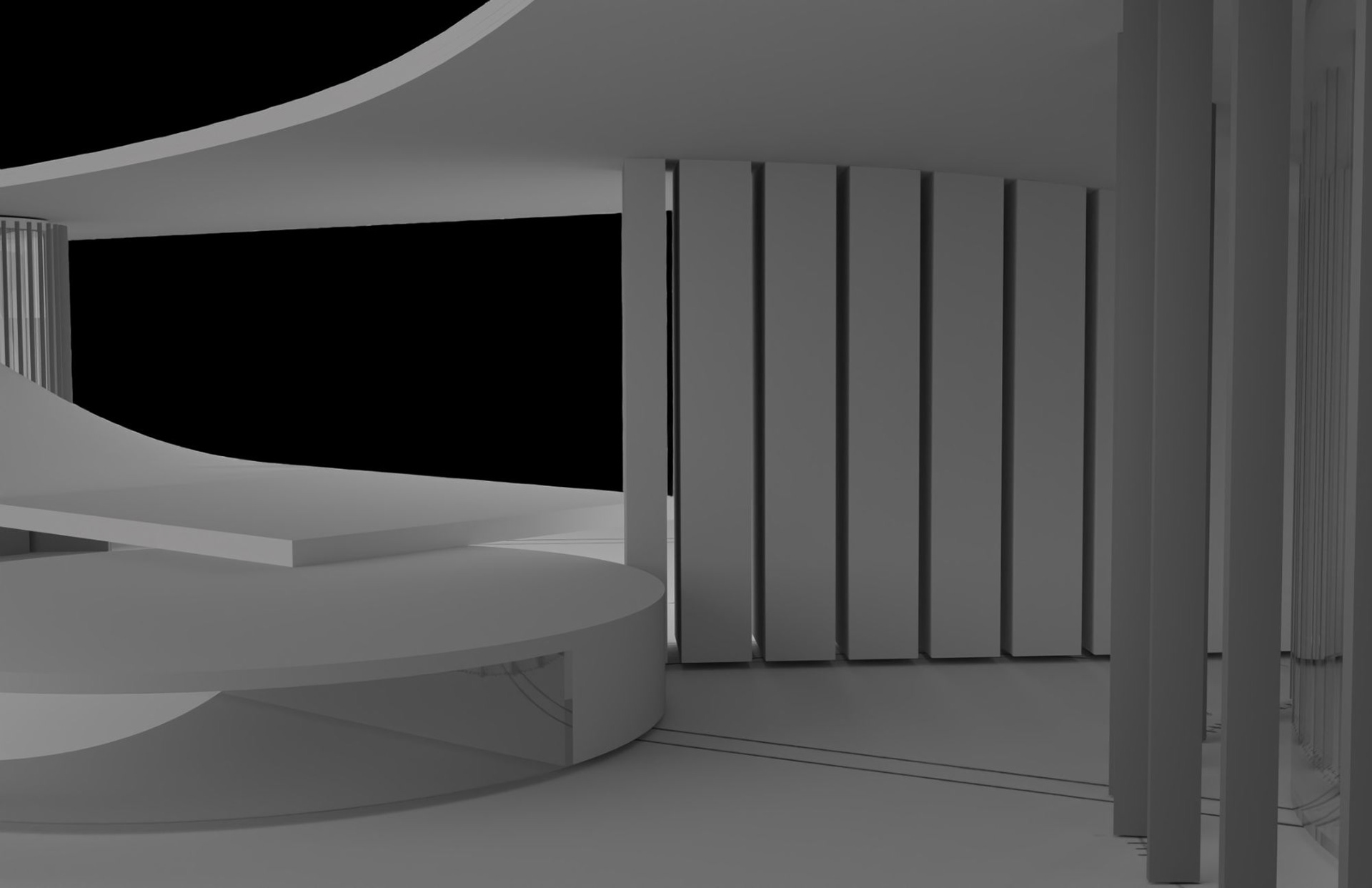
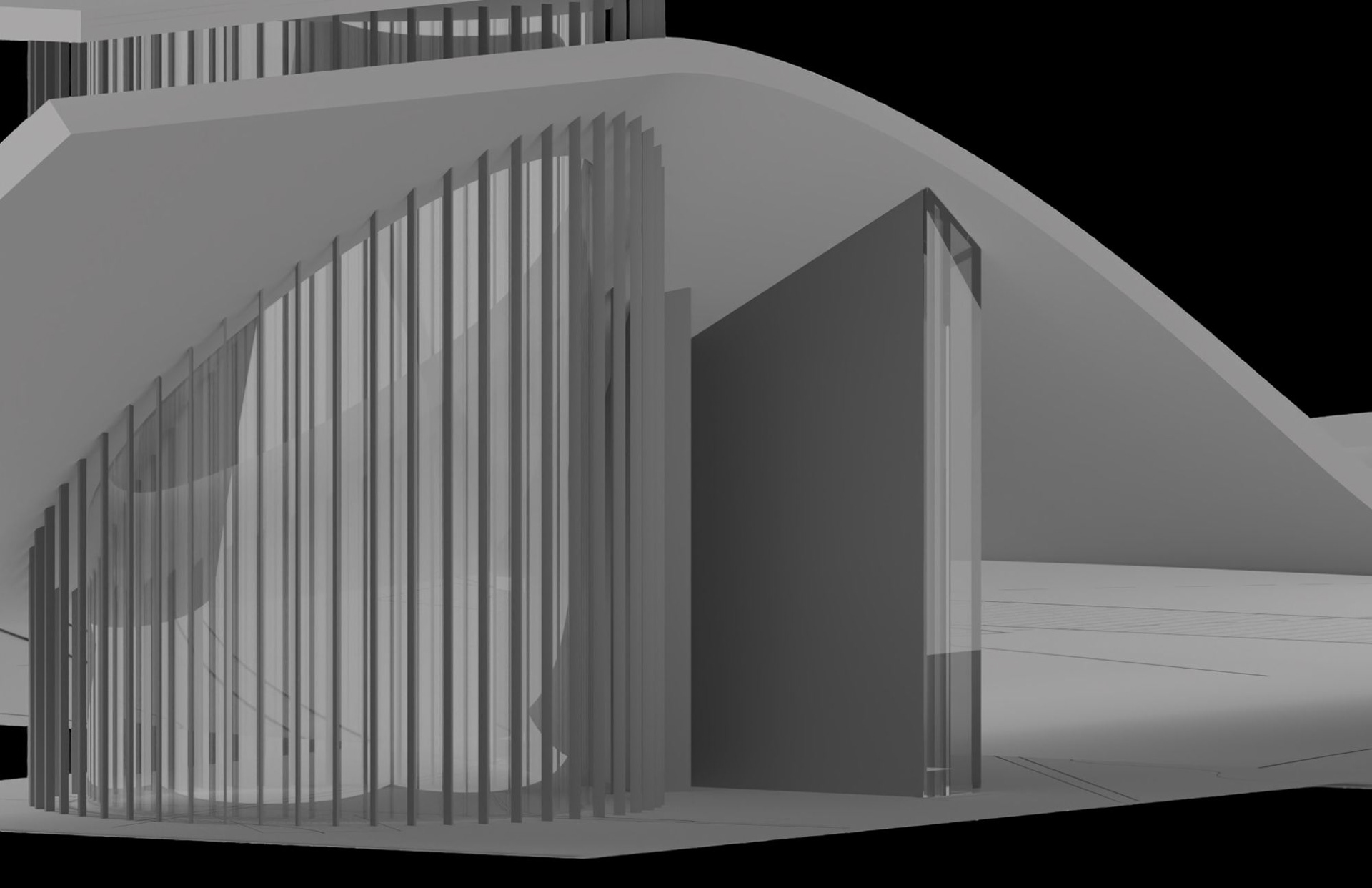
For the final section, my project evolves from a study of the glass cup to an exploration of power, perception, and restriction. The structure features two cylindrical forms with surrounding linear elements to create hierarchy and represent time. The larger cylinder takes prominence, while the smaller lines symbolize periods of economic conflict, conveyed through circular movement. The conceal-and-reveal concept restricts both views and movement, illustrating the challenge of fully understanding what’s right in front of us. History repeats itself, and the cyclical nature of this repetition is reflected in the design, emphasizing the ongoing patterns of conflict and resolution. What began as a material analysis now delves into themes of limitation and transparency.
The Familiar, Forgotten
